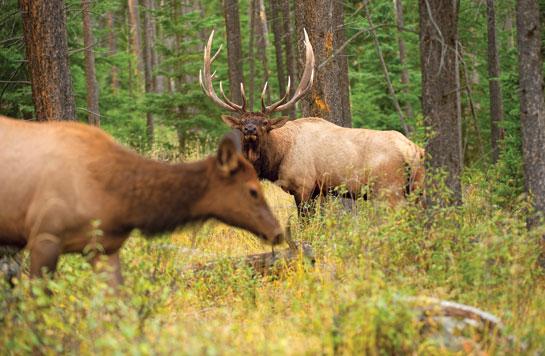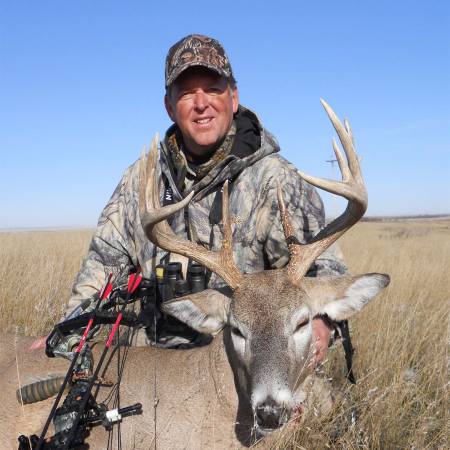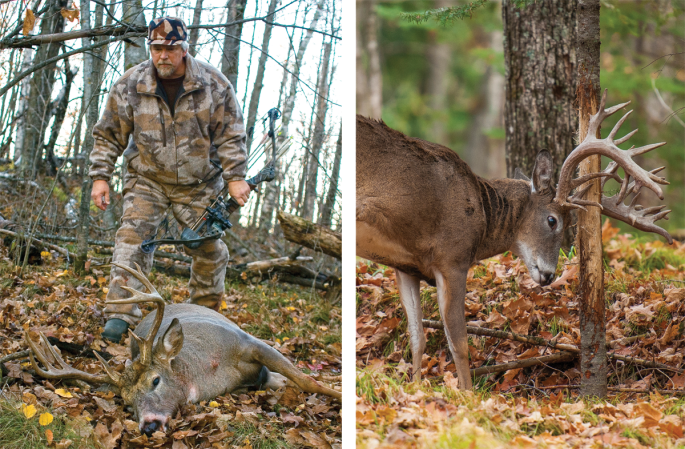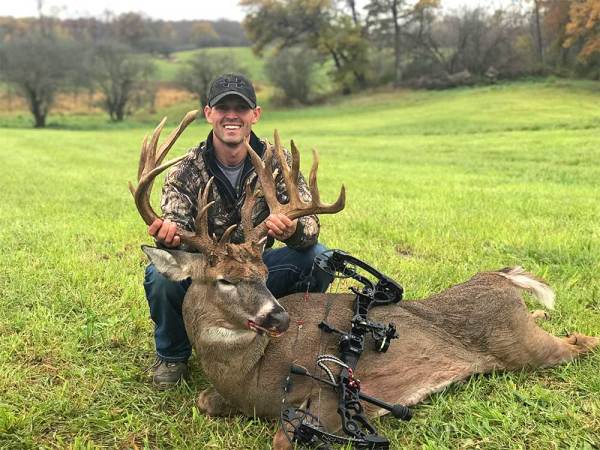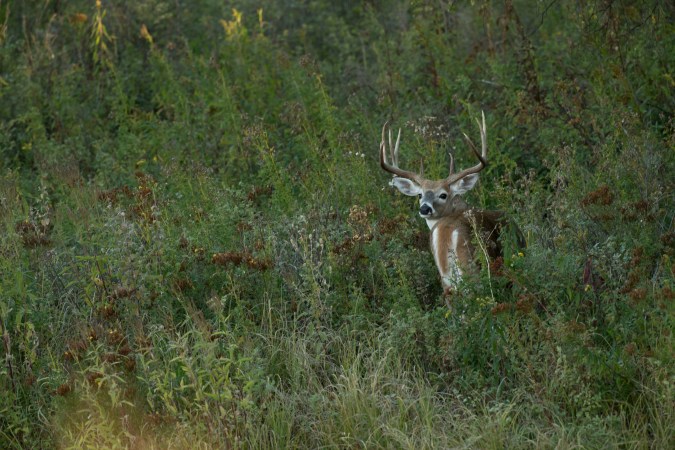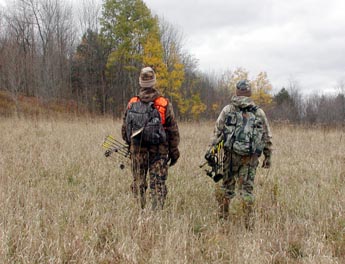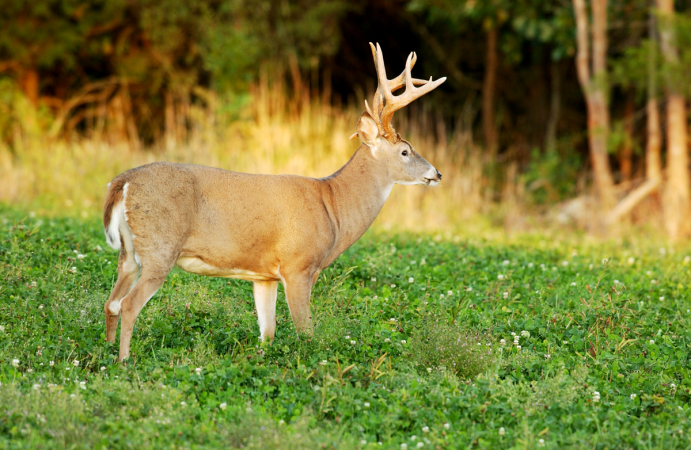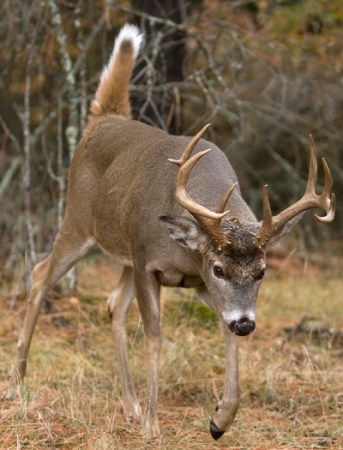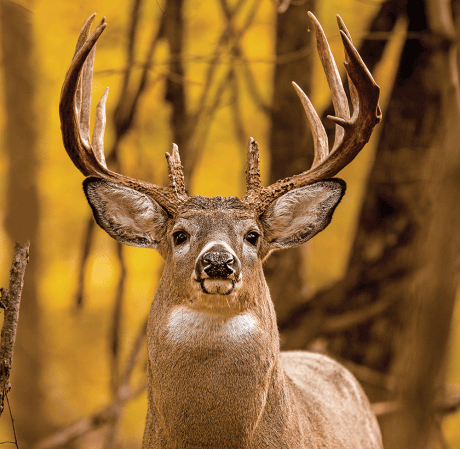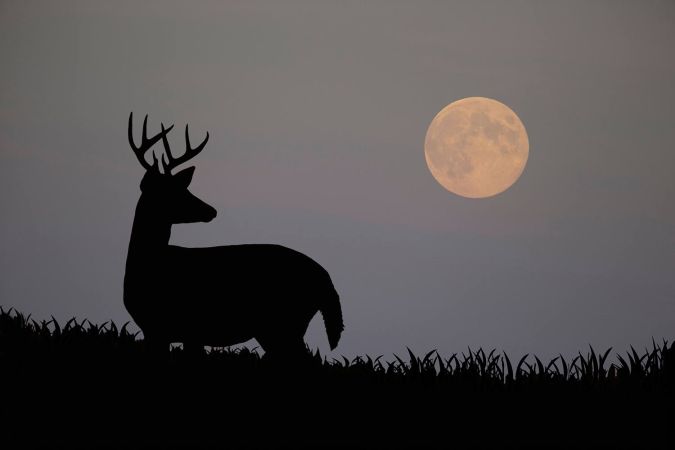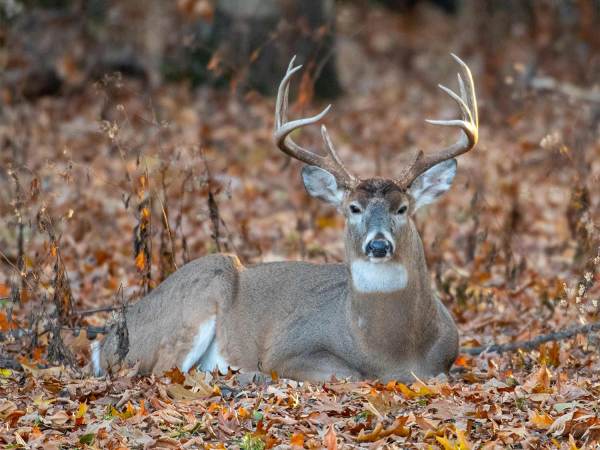In the fields and woods outside, bucks were in a post-rut frenzy. Inside the lodge, a gaggle of bowhunters was working up a frenzy of its own, gawking at the scores of hero shots on the walls and envisioning their photos somewhere in the sea of smiles and antlers. In a few hours these hunters would be up in trees, seeing what fate had in store.
Seated at his desk in the middle of this scene, Bobby Culbertson was well aware that fate has little to do with getting within bow range of a mature buck. Culbertson is the manager of TARA Wildlife Inc.’s whitetail herd, a central Mississippi property that proves that 200-pounders with antlers high and wide can be grown in the Deep South. For the past six years he has seen groups come in every week from October 1 to January 15. Each time he must produce, no matter what the weather or the rut serve up.
And produce he does. Bowhunters kill an average of 40 Pope and Young–class whitetails at TARA each year. Few hunters leave without having had at least a chance at a buck that sent their blood pressure into the danger zone. Count me among them. I was soon to find out that at TARA a good-old-boy named Bubba doesn’t just show you to a likely tree. Here the stand locations are based on years of research compiled from hunter report cards, timing of the rut and innovative scouting techniques. After the hunt at TARA last fall, I was impressed enough to talk Culbertson into explaining what the extensive research has taught him about hunting each segment of the season. Here’s what he had to say.
PRE-FROST STAND CHOICES
Heat and its evil cousin humidity still weigh heavily on Mississippi when the bow season opens October 1. Here the mosquito action often beats the deer action during the first few weeks of the season. But for those who don’t mind bathing in DEET, Culbertson has a proven strategy to offer.
Before a killing frost has sealed the fate of the greenbriers and wild grapes, deer have a menu more varied than a Greek diner’s. Food plots barely get passing notice this early. At this time deer are more into snacking than grazing. Movement seems idle, even lethargic. But there are two things deer need: water and relief from insects.
At TARA, this means the Mississippi River. Deer will actually bed in the sand right next to the river, where a breeze blows the bugs away. In other sections of the country, deer climb ridges to find a breeze. To take advantage of this food-to-bed scenario, Culbertson puts his stands between water or early-season food sources that are actively being used and places where deer can bed in relative comfort. Action is mostly early and late at this time–there’s little need to try your patience in the early season. But there is a big need for intensive scouting to take advantage of the buck’s predictable routine.
Does aren’t what you want to key in on now, says Culbertson. Bucks are in bachelor groups. Outside of the rut, the boys don’t play coed. You have to move fast, advises Culbertson. In a few weeks the bachelor groups will break up and the bucks will disperse (this happens in late September and early October in northern states). Some bucks might move a few miles away at this point, while others will stay put.
Fifteen sets of clients’ eyes out morning and evening make Culbertson’s scouting easy, but he doesn’t just rely on his hunters’ anecdotal reports. His many guides use “observation posts,” places where they can watch likely areas from a distance.
Culbertson advises doing the same by spending the first day or two of an early hunt positioned where you can glass as much terrain as possible in order to pattern a group of bucks. Later, you can move to the drainage, funnel or bench that you’ve seen bucks using.
PRE-RUT STAND CHOICES
When a killing frost has taken away some of the victuals, bachelor groups have split up and the first saplings are being rubbed raw, Culbertson changes tactics. Depending on mast crop, food plots are now a possibility, but his favorite stand choice is a scrape line along a travel corridor. Even better if the line is between trees that are dropping persimmons, acorns or pecans.
Early scrapes and rubs (late September or early October in northern latitudes and late October and early November in much of the South) are typically made by bucks 3 1/2 years old or older. Young bucks rut later, says Culbertson.
At this point in the rut Culbertson believes in low-impact, in-and-out, stand-hanging excursions during midday when bucks are generally inactive. Culbertson looks for tine marks well above the rubbed portion of a sapling and tracks that are at least 3 inches long–Culbertson notes that bucks typically leave a track in the freshly turned earth of a scrape.
But you have to move fast. This predictable period dies in late November in Mississippi and in late October in Northern states. Culbertson believes that, like anywhere else, deer activity slows down just before the rut.
RUT STAND CHOICES
When the calm before the storm comes to a furious end, Culbertson changes tactics once again. He looks to the forest. With the heat turning down with each succeeding week and the intensity of the rut turning up, does begin to bed in cutovers and nearby woods. Now bucks go into cruise mode as they travel between bedding areas. This makes the stand of choice in the morning in a bottleneck between thick areas in the open forest. If you’re not seeing does, you’re not going to see bucks either at this time of the year.
Bucks pass through scent-checking, typically walking with the wind passing over their left shoulders. Big bucks, says Culbertson, prefer to walk perpendicular to the wind, not right into it. This allows them to skirt large openings and cover territory with both their noses and eyes.
Culbertson keeps his bowhunters in trees until 11 a.m. now, later if they can stand it. You never know when a buck will come cruising.
Last fall, I had the chance to hunt in the timber at TARA during the post-rut. Perched in a tree dangling over a cutover, I watched a 140-class eightpointer chase a doe right at me, but then turn before coming into range to corral the doe. Disappointment lasted but a minute. Three does came fast with a 10-point behemoth on their heels. But then the wind touched the back of my neck and the curtain fell. Bowhunting offers no certainties, even when you’re in the right spot.
HOW TO SET A TREE
Fred Law, deer manager of Alabama’s Enon Plantation, is very particular about how he sets a tree. On a bowhunt at Enon last fall, I noticed that each of his lock-ons made me feel like I was in a blind. Law pays strict attention to cover. There were shooting lanes on each side, but there’s always plenty to hide behind. He never sticks a lock-on in a telephone-pole-shaped pecan tree. Here are a few things he looks for in a stand position.
1. A right-handed shooter should set up so that deer are likely to approach from behind his left shoulder. This enables him to draw unseen (using the tree for cover) and to shoot as the buck quarters away.
2. The tree trunk should be large enough to break up a person’s outline.
3. Ideally, there should be limbs underneath that don’t obstruct shooting lanes.
4. If possible, a hunter should be between 18 and 25 feet up.
5. Don’t consider the wind alone. Set up so that the sun won’t be in your eyes.

